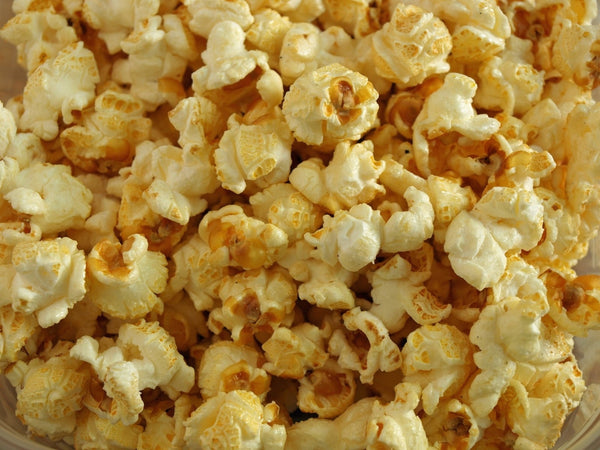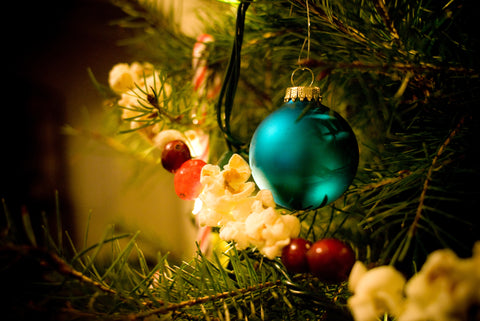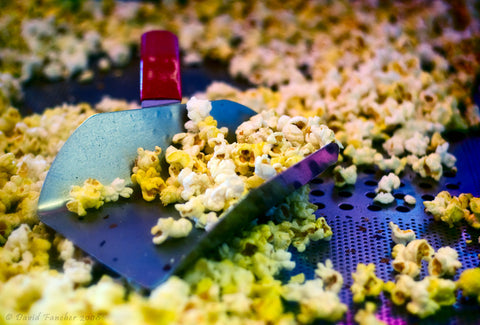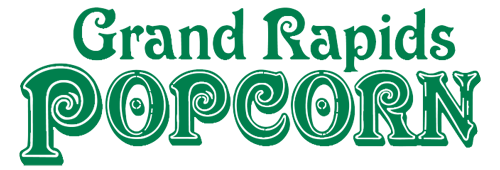
POP Culture: A Brief History of Popcorn Today
As much as we all love and support the binge eating of popcorn, there’s no denying that popcorn is pretty much EVERYWHERE. So, how did it get that way? If you haven’t already, learn about popcorn’s true roots in last year’s blog covering the overall history of popcorn. Here, we’re going to discuss how popcorn became the modern day snacking phenomenon that it is today!
Overview
For those of you that have not read The History of Popcorn, here is a brief snippet of how popcorn became so “ingrained” in America’s culture:
“Popcorn was first produced commercially across the United States in the 1840’s. Cracker Jack, made with peanuts, popcorn, and molasses, was invented by two German immigrants in the 1870’s. The first reference to popcorn in seed trade catalogs and farm papers was around 1880. Charles Cretors, a candy store owner, invented the first mobile popcorn machine powered by steam, which he showed off in 1893 at the World’s Exposition.”
Holidays and Celebrations
By the 1800s, popcorn was already being sold at general stores, circuses, carnivals, and concession stands. Around this time, in the mid-1800s, Queen Victoria in England started the trend across America of having and decorating a Christmas tree. Americans would begin decorating their tree by encircling it with strings of cranberries or popcorn. By the late nineteenth and early twentieth century, with popcorn being such a low-cost snack, popcorn balls had become a very common confection and were more often used as a gift. Popcorn became especially favored by the young and became increasingly popular around other holiday times, including Halloween, Thanksgiving, and Easter, which is still very much the case today!
Breakfast to Snack Binges
Believe it or not, during the late nineteenth and early twentieth centuries, people would also eat popcorn as a breakfast food! Eating popcorn for breakfast became a precursor to the many breakfast cereals that line the grocery store shelves today, including everyone’s favorite Kellogg’s Corn Flakes. In fact, before the advent of the corn flake, Ella Kellogg herself knew popcorn to be a whole grain. John Harvey Kellogg stated that popcorn is “easily digestible and to the highest degree wholesome... and hence superior to many denatured breakfast foods which are found in the market.”
Today, we primarily eat popcorn as a snack food, which became a trend during the Great Depression. This was due to popcorn being one of the few universally available and affordable snack foods for most families at that time. However, with popcorn already being so many other places in our culture, such as carnivals, circuses, holidays, etc., the Great Depression presented an opportunity for movie theater owners and moviegoers alike.
Movie Theaters
As popcorn sales skyrocketed during the Great Depression, movie theaters were faced with a dilemma. Movie theaters up until this point had been resistant to the spreading trend of popcorn due to its messy nature and their target audience consisting of a higher class clientele. However, with popcorn kernels being such a hot commodity and cheap investment, it didn’t take long for enterprising street vendors to jump at the opportunity. Many industrious vendors began selling popcorn to patrons attending the movies by setting up popcorn poppers or renting store space next to a theater.
It didn’t take long for theater owners to begin installing their own poppers and selling the popular snack themselves. Others would lease “lobby privileges” to select vendors, allowing them to sell in the lobby or on the street for a daily fee. Eventually, those movie theaters that didn’t succumb to the snack trend were forced to go out of business.
The Slow Years
Another wave of popcorn popularity came in during WWII when sugar was being sent to U.S. troops overseas. This caused the more sugary snack foods on the market to plummet due to a sugar shortage, leaving popcorn to pick up the pieces. As a result, Americans ate three times more popcorn than they had before.
However, from the 1950’s to the 1960’s, popcorn sales began to see a decline. People began watching TV at home, which meant that more people lacked the incentive to go to the movie theater. With buttery flavorful movie theater popcorn being what most consumers were accustomed to, not many were willing to make popcorn at home. Replicating the flavor typically required a popper, oil, butter, salt, etc. It was a lot of work! Somehow, with a little bit of time, popcorn sales still managed to persevere...
Microwave Popcorn
This is mostly in thanks to the advent of the microwave, developed by Percy Spencer during WWII. Unfortunately for most popcorn lovers, commercially available microwave popcorn was not introduced to the market until 1981. Since then, popcorn sales have had a remarkable recovery, becoming a favorite snack for many Americans today. You can find popcorn wrapped around a Christmas tree in the midst of winter, at the movie theaters or a friend’s sleepover, in concession stands, at fairs and carnivals, and pretty much everywhere else too. This clearly didn’t just happen overnight, though! Popcorn has undergone quite the journey to being the staple snack that it is today.
While microwaves are what revived popcorn sales, popcorn is much more universally enjoyable today than ever before! With over 40 flavors and options to pop it at home, over a campfire, get a freshly popped bag in store, order online, or host events with our DIY popcorn bars and popcorn favors, Grand Rapids Popcorn has plenty varieties of this wonderful snack for everyone to indulge in. Appreciate popcorn’s past and support its future, pop by the shop today for a taste of popcorn’s lengthy history!



Post a Comment!